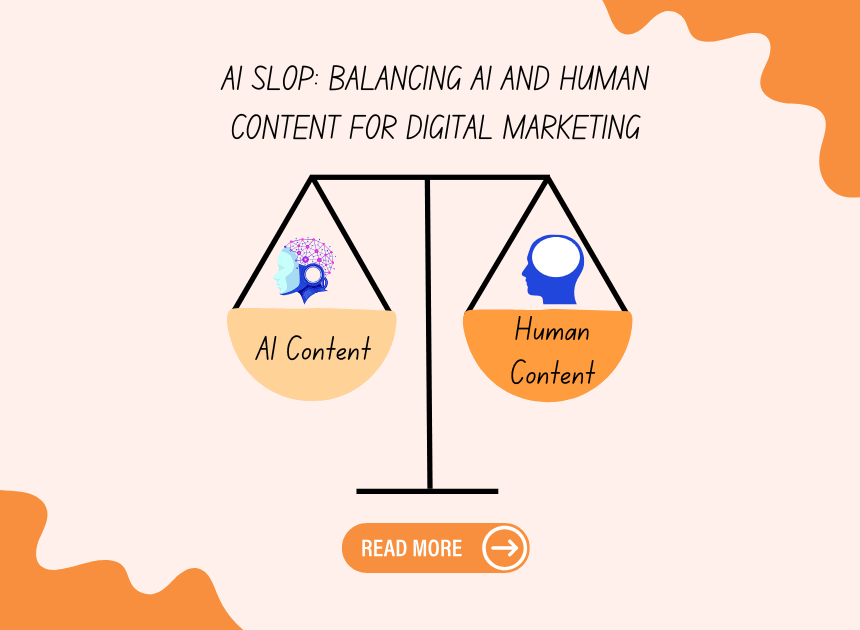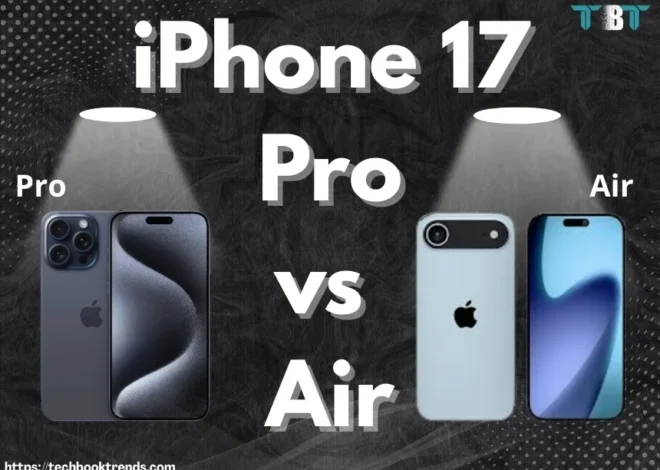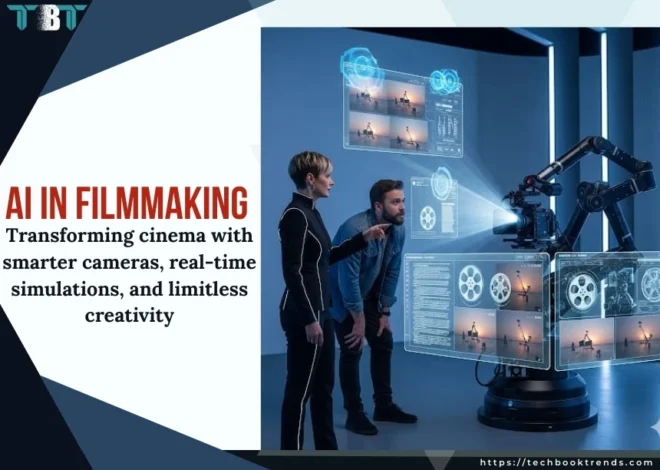
AI Slop: Balancing AI and Human Content for Digital Marketing
Ever thought about the amount of AI-generated content used by so many websites today, that Google will even rank sometimes websites that have AI material? Artificial Intelligence (AI) is changing the way marketers do digital, opening up many opportunities and a few challenges. On the one hand, it helps creators produce and publish content with fast turnaround times. On the other hand, people are growing concerned about the quality of what creators have produced and published, which we call “AI Slop.”
In this article, we will go over what AI Slop is, how it fits with the metric in SEO with keyword difficulty, global volume, and competitive density, and why Digital Marketers really need to know about content quality.
What is AI Slop?
AI Slop is a term for AI-generated content that is not relevant, quality-based, or cohesive. These tools are able to generate content faster than human beings, but the content will generally be of low value, simplistic, devoid of valuable content, and irrelevant to the audience.
This can consist of anything from multiple paragraphs containing excessive keyword stuffing, to the first or last couple of sentences in a poorly constructed paragraph, or a paragraph consisting of irrelevant content that is unrelated to the search intent of the user.
Key Characteristics of AI Slop:
- Lack of natural flow in the content: The AI-generated content lacks the proper flow that a human version naturally carries.
- Keyword stuffing: AI-generated content often includes keyword overstuffing, which could result in bad SEO ranking.
- Irrelevant information: AI-generated content often gives generic information, not what is needed by the users.
- Thin content: AI-generated content often provides thin articles that don’t provide an in-depth solution to the user’s need.
Role of AI Slop Matters in Digital Marketing
The rise of AI-created content is making its way into the digital marketing era. But if that content is bad writing, it will be AI Slop. The SEO consequences can be dire:
- Reduced User Engagement: Low-quality content has poor performance and will have higher bounce rates
- Decreased Rankings: Search engines place substantial weight on high-quality content when ranking sites, and AI slop generally offers no value to search engines.
- Damaged Goodwill: Users expect some value from the content they consume, and having low-quality AI-generated content damages brand reputation and trust.
Role of Keyword Difficulty and Global Volume in AI Slop
Even though AI tools can help you discover keywords with high traffic potential and build content around those terms keyword difficulty and global volume, for instance these are pieces of the pie when it comes to the tactics behind SEO.
- Keyword Difficulty: Keyword difficulty indicates how competitive a keyword is. A difficult keyword will be harder to rank for, especially where the output is AI-generated and isn’t providing anything of value.
- Global Volume: When high-volume keywords indicate there is enough buzz to go after these terms, it proves they are very competitive. It would be difficult to obtain value from AI-generated content; targeting these terms could simply yield AI Slop.
When looking at high-competition terms, make sure AI-generated content does more than just target keywords. AI-generated content must also take into consideration the intent behind the user’s search.
To learn more about how AI is reshaping SEO and content strategies, explore this insightful article from Moz: AI and SEO The Future of Search
Understanding Search Intent in AI Content Creation
Search intent is the “why” behind a search phrase. Understanding this is important in providing AI-generated content that meets the user’s needs. There are four types of search intent:
- Informational: The user is searching for information about a certain topic.
- Navigational: The user wants to go to a certain website.
- Transactional: The user wants to buy or convert.
- Commercial: The user is reviewing options.
For instance, “AI Slop” is probably informational. People looking up this term are expectedly attempting to discern what AI Slop is and it’s impact on digital marketing. AI generated content should fulfill those subjects, and provide abstracts and explanations.
Trends in AI Content Creation
As AI tools improve, so too does the opportunity to provide more relevant and personalized content. However, there are still potential pitfalls – the largest one being the ability to scale and not create AI Slop. The way forward for AI in content will be predicated on appropriately balancing automation and authenticity. Content created using AI should:
- Be informative: Target the pain points of potential users and give them valuable content.
- Add value: Provide real insights or data that help potential users make informed decisions.
- Be well-structured: Ensure the content is easy to read and navigate. This can be done by including a TOC in your content and ensuring it is in short paragraphs and + bullet point structure.
Checklist to Avoid AI Slop in Your Content
When creating content with AI and avoiding the pros of AI Slop, marketers should consider the following:
- Understand user intent behind the search: Align content with what users are searching for, address their pain points, and provide them a solution.
- Research keywords thoroughly: Use the keyword difficulty and search volume metrics to help with your planning.
- Write for the user first: Concentrate on value. Don’t just fill space with keywords.
- Ensure quality content: Do a test on the AI-generated content, relevance, and engagement.
- Personalize content: Leverage the AI function to tailor content to the audience’s needs, geography, and behaviours, while still putting a personal touch on it.
- Optimize for SEO: Remember to incorporate the secondary keywords as they are to show searcher experience, and incorporate Search Engine Optimization wherever user experience is incorporated.
- Monitor performance: Evaluate content performance with user engagement, and rankings, and adapt to suit.
The Future of AI Content in SEO
The discussion around AI Slop is increasing, with experts stating that Google is not penalizing AI-generated content yet. The issue is that the key to success is sustainability. Even if AI-generated content performs well today, as search engines evolve and AI content worsens, Google will put out much stricter guidelines and penalty structures to weed out bad content and AI Slop.
Although, google is currently rooted in no-brainer E-E-A-T (Experience, Expertise, Authoritativeness, and Trustworthiness) in content ranking. AI content struggles with E-E-A-T criteria, just like any algorithm used in trust industries: health, finance, and law. AI content has no experience or authenticity and, therefore, can’t be trusted or authoritative, which is crucial for high ranking.
Furthermore, to avoid AI Slop and ensure long-term SEO, marketers must blend AI with human input. While AI aids content creation, it lacks the depth, authenticity, and expertise needed for E-E-A-T. Moreover, future algorithms will prioritize quality, making human involvement crucial for high rankings.
To understand how E-E-A-T (Experience, Expertise, Authoritativeness, and Trustworthiness) impacts content ranking, check out Google’s official guidelines on the subject: Google Search Quality
Conclusion
As AI Slop is a newfound reality for digital marketers in a world where AI can produce content. As great as AI tools can be, they must be used the right way to produce good, useful, relevant, and entertaining content. Agencies and freelance marketers that grasp keyword difficulty, go global, competitive density, and search intent will be able to use AI content in a way that meets their buyers’ expectations, ranking notwithstanding.
Furthermore, the future of AI content, in SEO, lies in striking a balance of automation versus authenticity. With the right methods, marketers can leverage AI’s potential while keeping their content report looking down the road of AI Slop
To remain updated in tech era, do visit our Tech Blogs
FAQs
A1) It’s a site using AI-generated irrelevant content, and this approach is now used by many websites.
A2) An example of AI Slop could be low-quality content that lacks real value and is just copied from the AI.
A3) AI Slop in YouTube means low-quality AI-generated content being used on YouTube.
A4) AI Slop Facebook means the low-quality, irrelevant content in the form of images, videos, and text present on Facebook.
A5) To reduce AI Slop, focus on user intent and try to address the pain points of your users in your content, thereby providing relevant value in a human touch.




